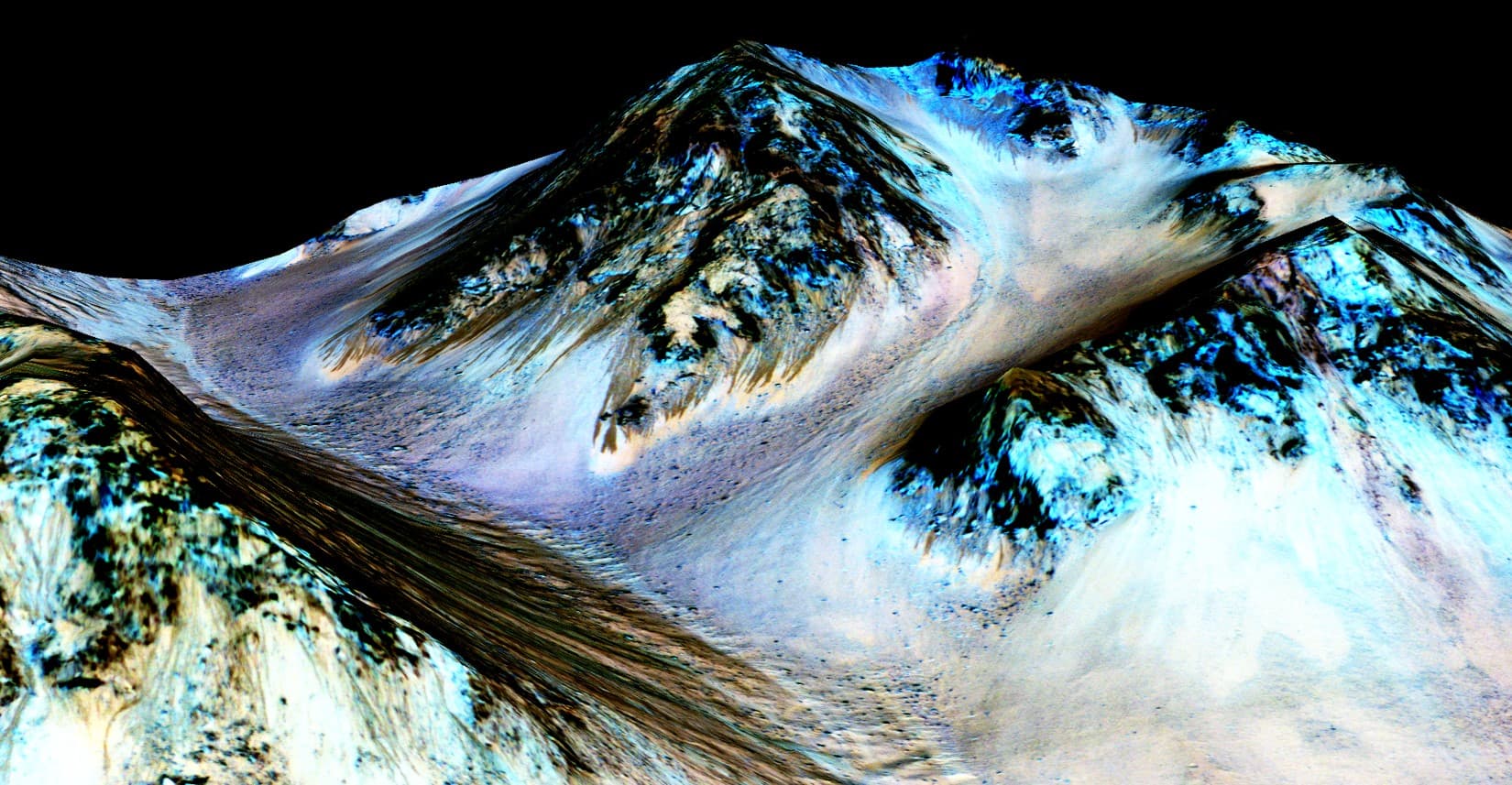Deep Martian Crust Holds Oceans of Liquid Water, InSight Data Suggests

Recent analysis of seismic data from NASA's InSight lander has provided compelling evidence for vast reservoirs of liquid water deep within Mars' rocky crust. This discovery reignites discussions about the planet's potential for harboring microscopic life in these subsurface environments, as "frozen regions of Mars could have tiny hidden channels full of liquid water, which could be a habitable environment for microscopic organisms," as stated by New Scientist.
Published in the Proceedings of the National Academy of Sciences, the research, led by Dr. Vashan Wright of UC San Diego’s Scripps Institution of Oceanography and Professor Michael Manga of UC Berkeley, indicates liquid water is present at depths of approximately 7 to 13 miles (11.5 to 20 kilometers) below the surface. Analyzing four years of "Mars quakes" recorded by InSight, scientists used techniques similar to those employed on Earth to prospect for water, revealing seismic signals consistent with water-saturated fractured igneous rock.
The estimated volume of this newly identified groundwater is substantial, potentially enough to cover the entire Martian surface with an ocean 1 to 2 kilometers (0.62 to 1.24 miles) deep. Professor Manga emphasized the significance for astrobiology, stating, "Without liquid water, you don't have life. So if there are habitable environments on Mars, those may be now deep underground." This deep reservoir offers a protected environment from the harsh surface conditions.
This finding adds a crucial layer to the understanding of Mars' hydrological history. While previous missions have identified ancient riverbeds, polar ice caps, and transient surface brines, the InSight data points to a persistent, deep-seated liquid water reservoir. It suggests that much of Mars' ancient water, rather than being lost to space, may have filtered into the planet's interior.
Despite the excitement, accessing this deep water poses significant challenges for future human exploration. Professor Manga noted that "drilling a hole 10km deep on Mars - even for [Elon] Musk - would be difficult." Nonetheless, the discovery provides a new, promising target in the ongoing search for extraterrestrial life and a deeper understanding of planetary evolution.